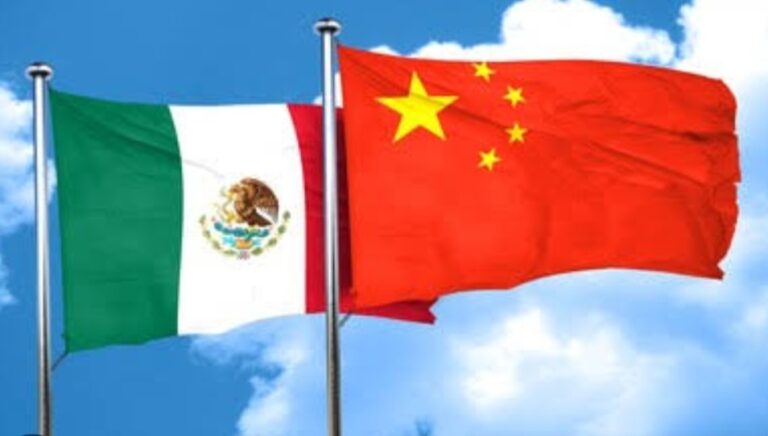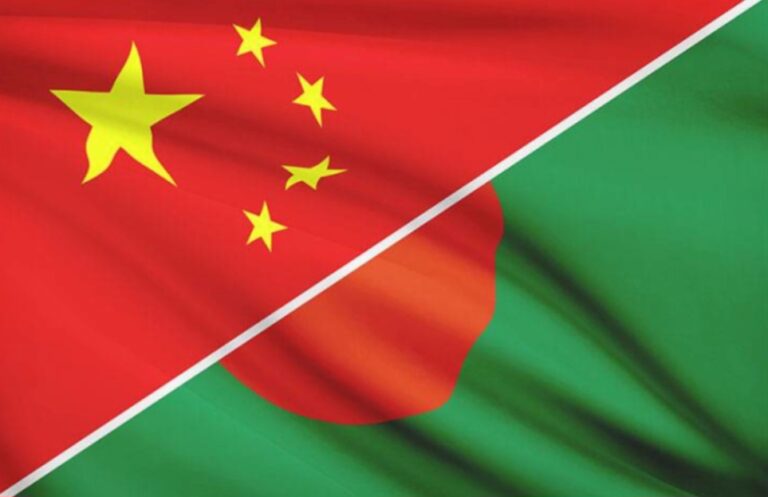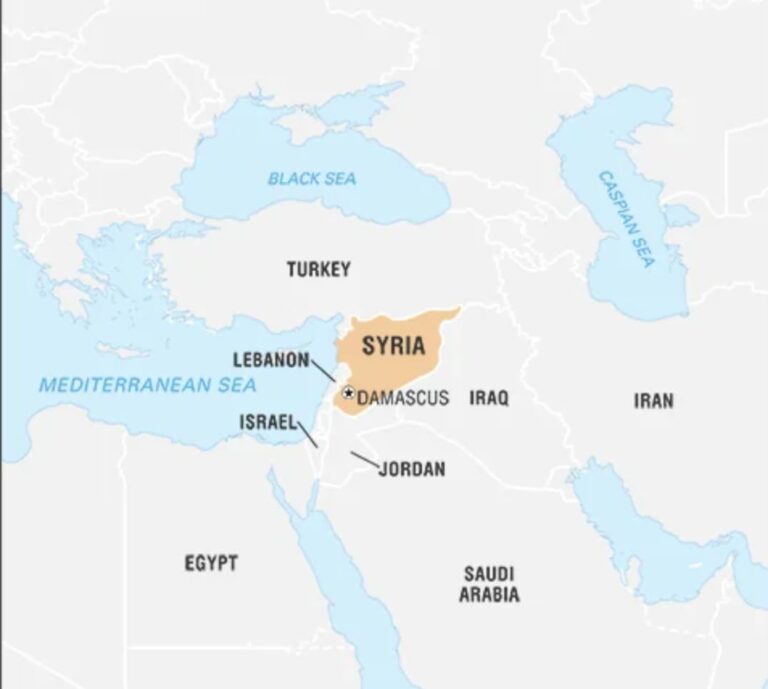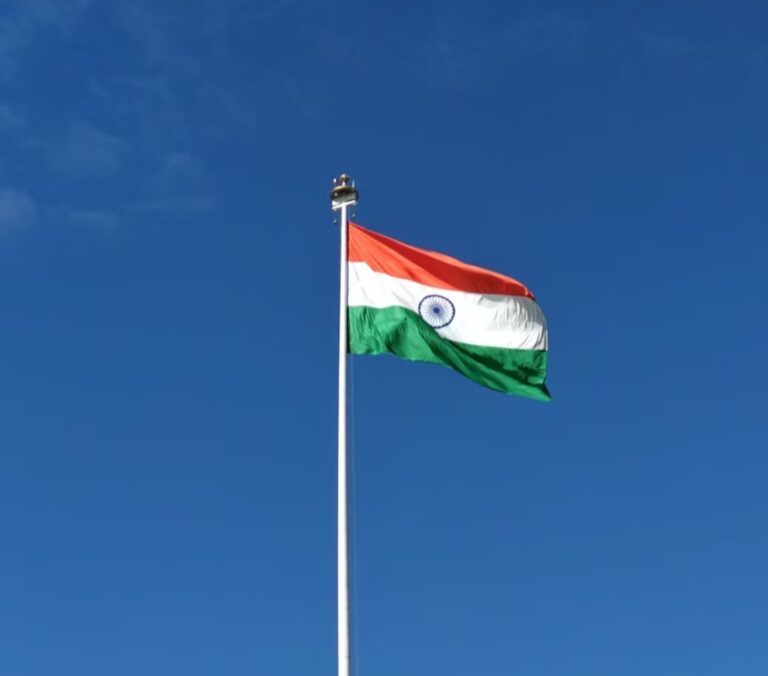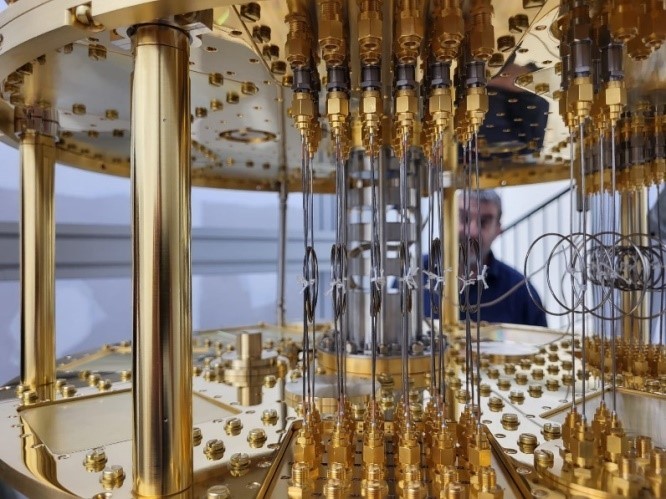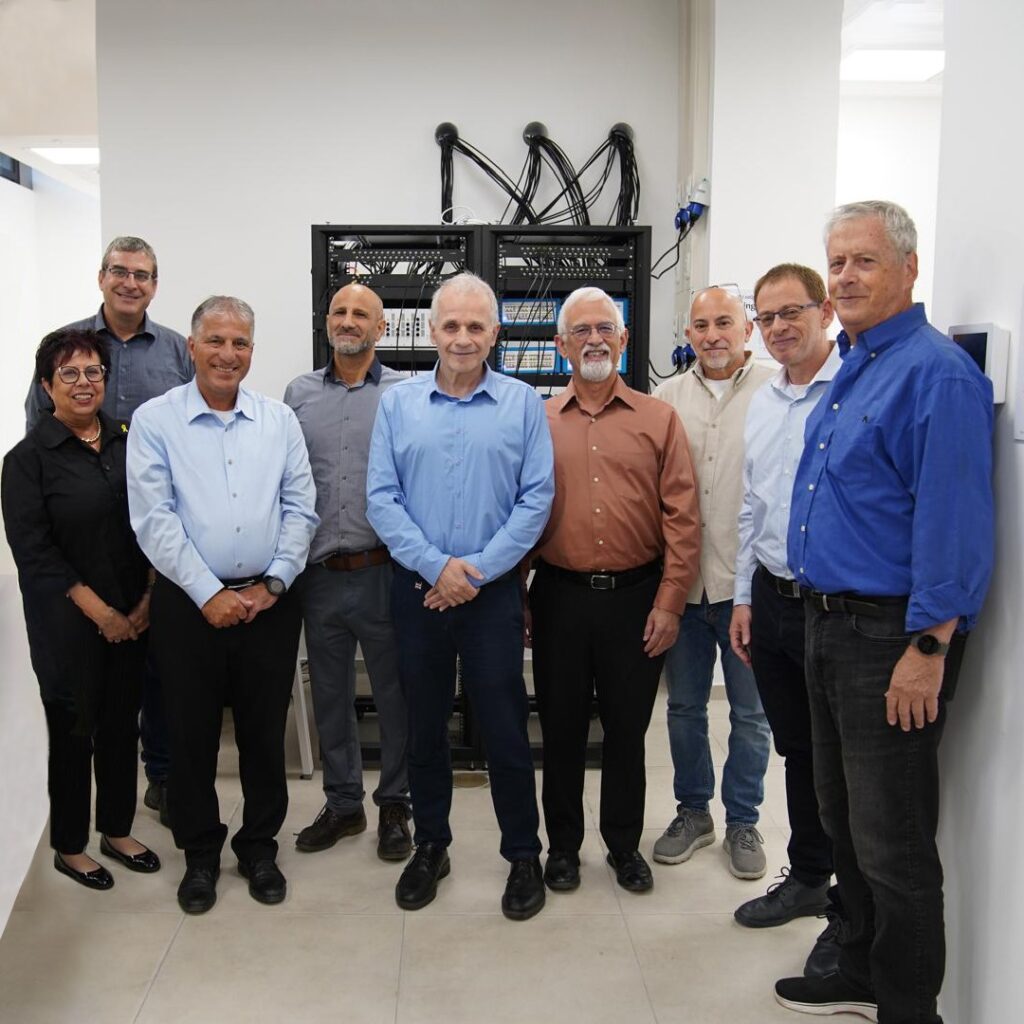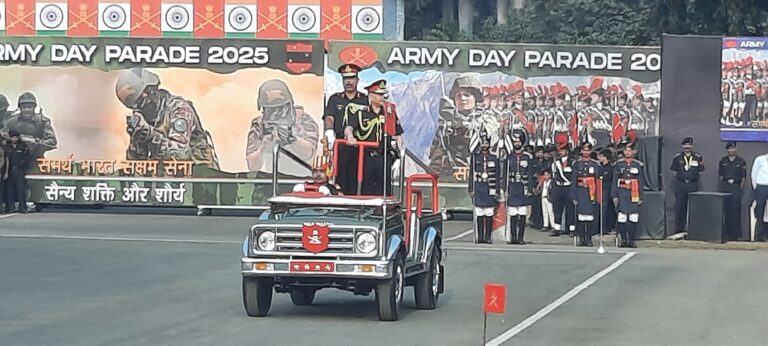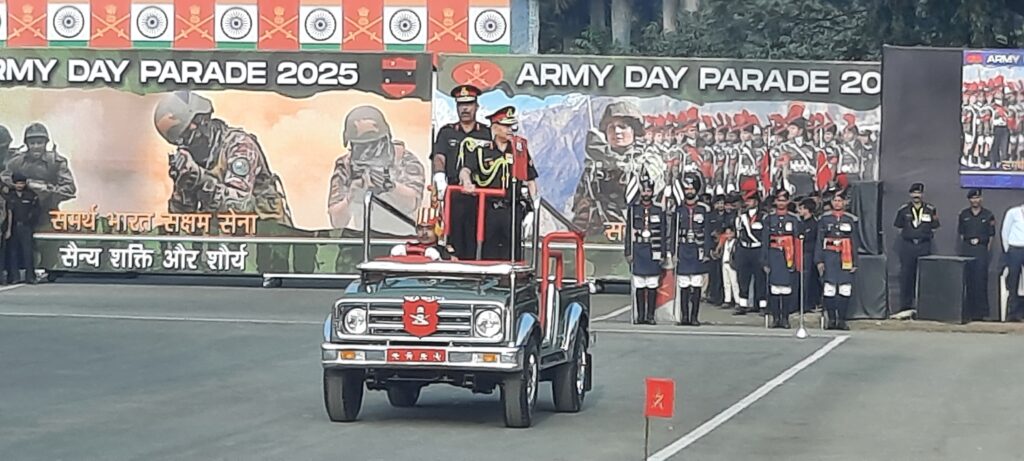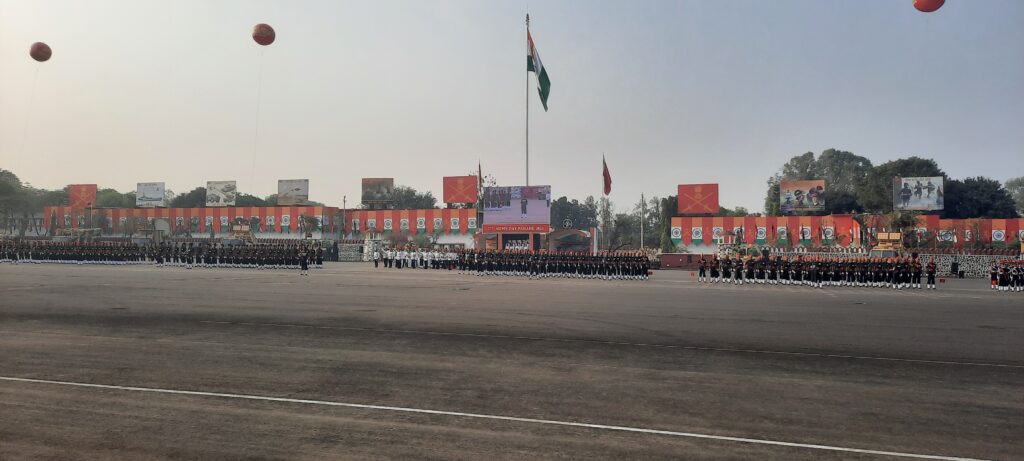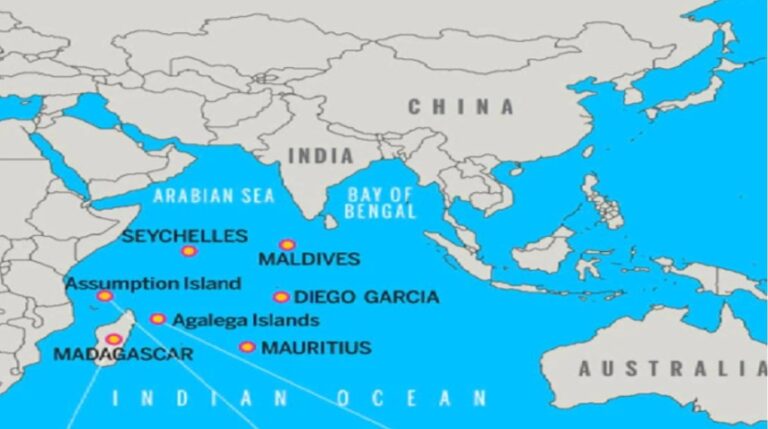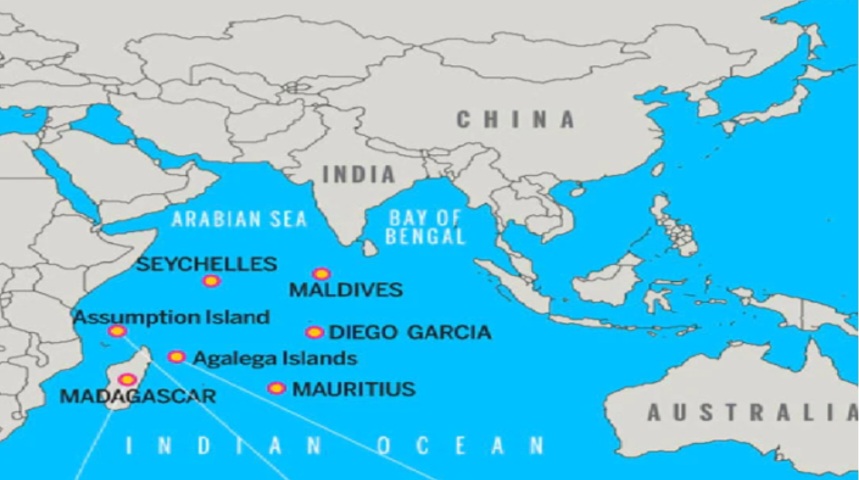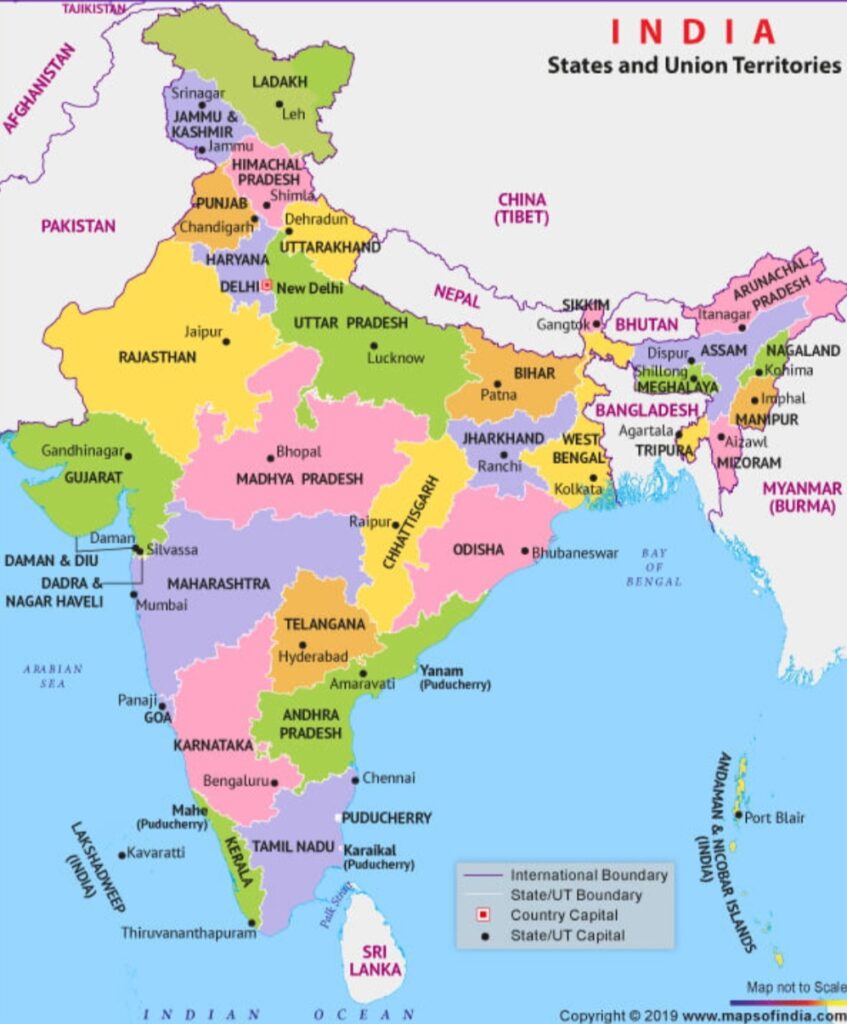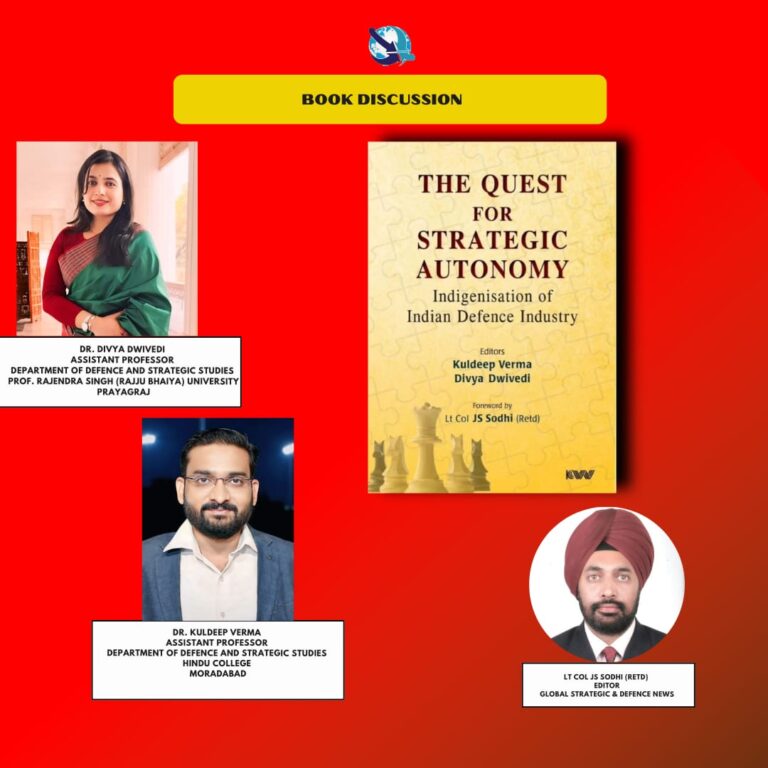By: Shivangee Bhattacharya, Research Analyst, GSDN

In recent decades, China’s interaction with Latin America has seen exponential growth with Mexico moving perceptibly from one of the countries with little stake to becoming one of China’s top partners in Latin America. Being the second-largest economy in Latin America, Mexico is fairly significant to China in trade terms and as an influencer in the region. The article, however, will look at the many issues that will consolidate and define the dynamic of the Sino-Mexican relationship historically, tuning into the impact of the economic bond network, diplomatic cooperation, and the challenging facets of their relationship. Fresh changes-like widening trade agreements, addenda to existing ones, and promotion of investments-further bring forth the significance of the bilateral ties in an evolving and ever-faster global landscape.
History
The first contact that China and Mexico had was when the silver trade on a global scale started during the 16th century. This made Asia and the Americas get connected through the Pacific routes of the Spanish Manila Galleons. Initially, in 1972, though not always well-knit, their diplomatic relations were characterized by great form. With the course of time, the nature of the relation shifted gradually yet gradually for good. The developing pattern of this time is especially characterized with the onset of China as an entry of a member of World Trade Organization on 2001, on the other hand the same country, had started giving major economic blows in the international field. All the named processes are of a crucial nature to the relation of Mexico and China, as it involves the diversification, and de-risk of the economic partnerships of both countries.
Economic Relations
The life of China-Mexico relations is trade. The two countries trade with each other and it has emerged as an issue. The latest report has revealed that Mexico’s trade with China is second to only to the US. China is not the first country with which Mexico trades from Latin America, Brazil is. Data from official sources show that the bilateral trade has almost reached US$ 110 billion in 2022 despite the temporary setbacks marked by the outbreak of the COVID-19 virus. Most of the time, Mexico supplies oil, coal, and agricultural products to other countries, while China provides electronics, machinery, and manufactured goods. However, the trade relations are littered with inconsistencies. The trade deficit of Mexico with China is in the negative, which always creates divisions within the policymakers and entrepreneurs. It is this deficit in trade alongside the fact that Chinese investors and Mexico could not share a common cause that led to the demand for new investment and infrastructure that would help the economy grow uncontrollably as a result.
Investments and Infrastructure
In recent years, China has increased its investments in Mexico, focusing on energy, mining, and manufacturing sectors. The Belt and Road Initiative has also contributed to China’s economic presence in Mexico. Mexico is not a signatory to the BRI, but Chinese companies have been involved in the infrastructure sector, including railways, ports, and energy facilities. Some of the most notable examples are the participation of Chinese companies in the Tren Maya project, which is a major railway development intended to enhance tourism and economic growth in southern Mexico. Another example is the State Grid Corporation of China, which has invested in Mexico’s electricity sector, a sign of growing interest in Mexico’s energy market.
Challenges in Economic Relations
Economic ties are not without challenges. The firms of the Mexican industries, especially textile and electronics, view Chinese imports as competition to their local production. On the other hand, there is the issue of the Chinese infrastructure projects concerning quality and environmental implications. In this regard, both sides must strengthen their regulatory frameworks and establish increased cooperation between the private sectors of each country.
Diplomatic and Political Cooperation
China and Mexico have developed strong diplomatic relations through multilateral forums such as the United Nations, the G20, and the Asia-Pacific Economic Cooperation (APEC). Mexico has been a strong supporter of the One-China policy, which has been the bedrock of their diplomatic relationship, while China has supported Mexico’s desire to play a more significant role in Latin America.
Their cooperation has been strengthened through recent high-level visits and dialogues. Chinese President Xi Jinping and Mexican President Andrés Manuel López Obrador made commitments in 2023 to deepen cooperation in trade, technology, and cultural exchanges. It shows a mutual interest in building a multipolar world order and opposing unilateralism. Cultural and educational exchanges have also played a role in deepening bilateral relations. Confucius Institutes in Mexico and academic exchange programs have contributed to mutual understanding between the two countries. The growing popularity of Mexican culture in China, such as food and music, also offers an opportunity for soft power diplomacy.
Challenges in China-Mexico Relations
Geopolitical Pressures
It has been put against the larger U.S.-China tensions. Since Mexico shares close proximity to the United States, geographically and economically, it requires fragile diplomacy in balancing relations with China. Currently, the United States is Mexico’s largest trading partner. Any balance shifting towards China will be questioned at Washington.
Trade Imbalances and Economic Concerns
The large and perennial trade deficit of Mexico toward China is evident in the matter mentioned above. Sometimes, some Mexican firms present a complaint based on unfairness due to competitors in the field of imports in China, supposedly receiving state support. The work required in coping with such claims involves establishing balanced mutual investment and exchange.
Regulatory and Environmental Issues
Chinese investments in infrastructure and energy projects in Mexico have sometimes drawn criticism regarding regulation and environmental practices. For both parties to keep enjoying long-term cooperation, ensuring that these investments meet Mexico’s sustainability goals as well as those of its regulations is essential.
Recent Developments
Recently, China and Mexico have begun to expand their economic and political cooperation. New trade agreements that focus on agriculture and technology provide opportunities for further cooperation in these areas. Recent business news show that Chinese tech companies such as Huawei and Xiaomi expand their presence in Mexico, as Mexican companies look for opportunities in the fast-expanding consumer market in China. The COVID-19 pandemic reminded the world of the need for cooperation in public health. China has sent medicines and vaccines to Mexico; this is one example of improving relations during the pandemic. There is a good opportunity to pursue joint research on healthcare and biotechnology.
Conclusion
China-Mexico relations are emblematic of the intricacies in modern international cooperation, balancing prospects for growth and challenges based on economic asymmetry and geopolitical dynamics. Both countries should continue to better understand each other and try to address issues they share, thus unlocking both their full capacities. A prosperous future for bilateral relations between Mexico and China in both trade and political areas is foreshadowed by the proliferation of new bilateral agreements, heavy investments, and cultural exchanges recently witnessed.
Balance and sustainability could be achieved from such a strategic partnership only after correcting trade imbalances, obtaining international regulatory compliance, and successfully finding ways to live with the subtle complexities of Sino-U.S. relations. The stronger the relations get between China and Mexico, the more arduous times it will be for USA as on its southern borders will be its biggest global competitor, both economically and militarily ie China.

